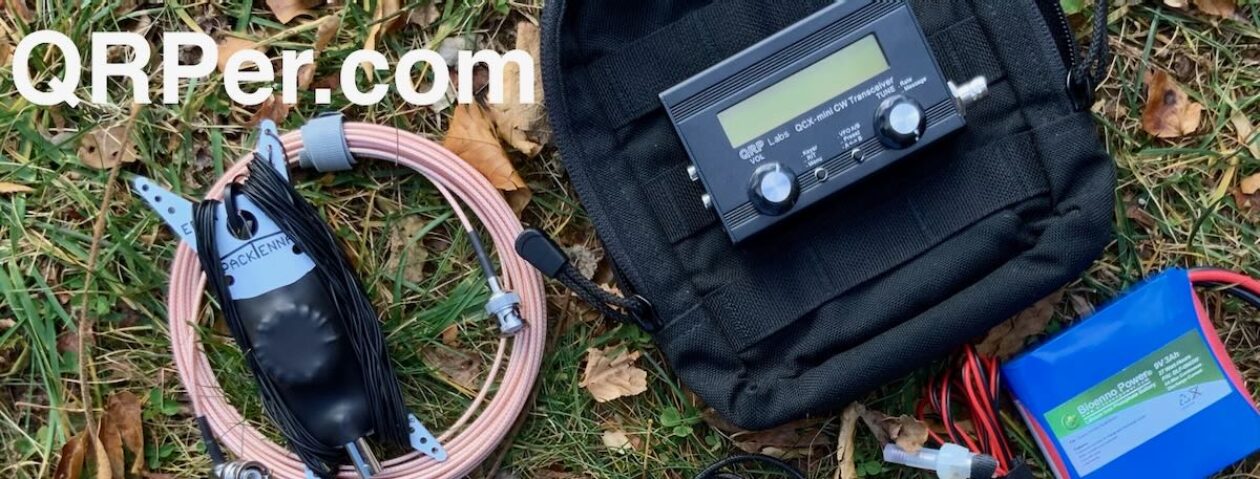 Many thanks to Anas Patel who writes:
Many thanks to Anas Patel who writes:
Hello Thomas,
Your post a few days a go regarding quality LiFePO4 batteries in the UK got me thinking about solar charging my batteries during the summer.
I hope your readers in the UK can give me some pointers I’m looking to assemble a very small portable solar set-up something I can easily move between multiple locations that isn’t too heavy to travel with.
I’ve had a look around on a few forums, eBay and Amazon but haven’t got a clue what I need. Fast charge speed isn’t a critical factor for me as long as I can get some charge into my batteries on a sunny day.
I know I need a foldable panel, solar controller and maybe cables to hook up to the battery but with a million options out there I don’t know where to start but I think panels between 60/120W output would give me enough power.
I would be most grateful if your readers particularly in the UK could give me some pointers.
My 12V 12Ah battery uses F2 spade terminals and the 30Ah uses M5 ring terminals but I have no issues using crocodile clips to make the connection.
Thank you.
Anas Patel
Thank you for your question, Anas.
While I know what is needed in theory (a PV panel, a good charge controller, cables, and a battery), I don’t know the charge controller market that well. As with batteries, I assume product availability may vary greatly by region.

I do know this: it’s important that your charge controller is rated for the battery chemistry you have/adopt. In other words, if you’re using LiFePo4 batteries, make sure the charge controller is rated for LiFePo4.
Another thing to keep in mind is that many solar panels are terminated with industry-specific connectors like the MC4. Sometimes you can integrate those connectors into your system, other times you may prefer terminating them with other connectors.
My hope is that readers might chime in with the components they successfully use in their portable charing systems. Please comment!
This is timely because I’m actually plotting a portable PV system for my field kit and will be taking notes. I can’t decide if I should simply piece together a system around existing components I have (I would need to connect a couple small folding panels in parallel a get a LiFePo4 controller) or if I should simply go for an all-in-one system like the PowerFilm Solar Lightsaver Max.

